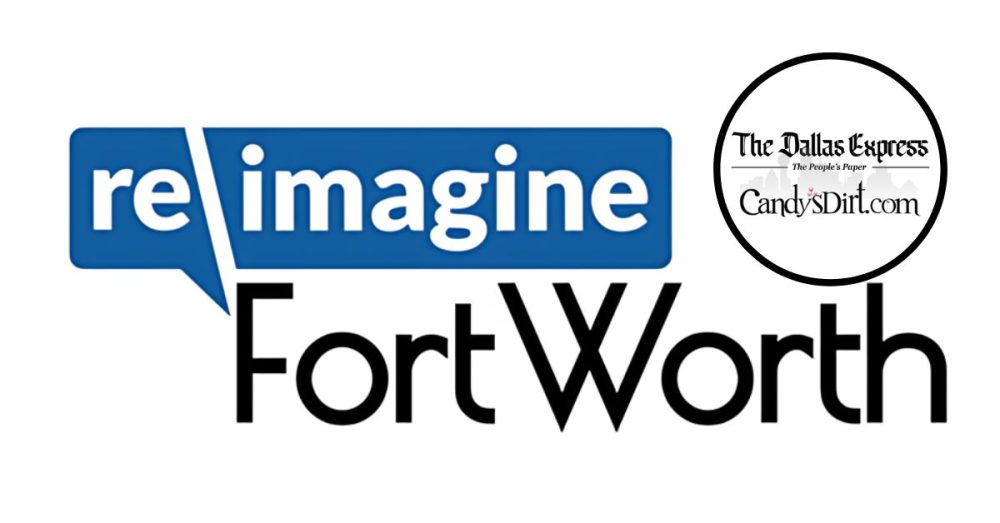(Candy’s Dirt) – Fort Worth is reviewing and updating its comprehensive land use plan and thus far, the public engagement process has been less than hostile.
All Texas municipalities are required by law to have a “comp plan,” a visioning document that guides future land use and informs zoning decisions. Basically, it outlines what residents want to go where and suggests areas where a particular use such as industrial, multifamily, or retail is desired and compatible with surrounding development.
Dallas is updating its comp plan, ForwardDallas, for the first time since 2006, and it would be inaccurate to say that the process has been anything less than controversial.
Despite sweeping changes and compromises, some residents remain convinced the plan is an agenda to support greater density in single-family neighborhoods.
So what is Fort Worth doing to gain public trust and shepherd its plan to the finish line?
Fort Worth’s Vision Summit
About 100 people showed up to a June 18 “vision summit” on the comprehensive plan update, according to an article last month in The Fort Worth Report. Also long overdue for a rewrite, Fort Worth’s 2050 Comprehensive Plan was last updated in 2000.
Among the feedback expressed at the vision summit were desires to reduce incompatible land uses, increase diversity of housing options across the city, preserve open spaces, create parks, create more walkable, mixed-use places, and balance new housing growth with neighborhood preservation.
The Fort Worth Report article quoted one resident who appeared skeptical that the feedback would be incorporated into the plan but another who said the experience was positive.
“I feel like this was a genuine interaction, and it wasn’t too forced. It felt conversational,” Erin Rusk told the local news outlet. “I felt cared for and listened to.”
Future Land Use and Zoning
The Fort Worth comprehensive plan website explains that the future land use map within the comprehensive plan is an advisory document.
“It establishes desired future land use patterns and key community characteristics,” the site states. The Future Land Use Map is a long-range plan intended to inform development decisions. The Zoning Map and Zoning Ordinance are regulatory documents. They determine what may currently legally be built on a property, and include development standards such as maximum building heights and required setbacks. Zoning helps to implement the Future Land Use Map and the Comprehensive Plan for growth and development.”
Similar statements have been made by Dallas planning staff and were not met with cheers and comments that the audience felt seen.
When Did Dallas Lose Public Trust?
So when did Dallas lose public trust? The obvious answer is that a five-signature memorandum introduced by District 1 Councilman Chad West in November called for a discussion on reducing minimum lot size. The ForwardDallas discussion had already been in full swing for over a year at that time, but many believed there was an agenda to introduce “gentle density” into single-family neighborhoods via the land use plan.
Two of the signatories of the memo have since revoked their John Hancocks to avoid confusion that such a discussion was tied to ForwardDallas.
The Dallas Plan Commission has agreed to recommend multiplexes — developments of eight or fewer units — as a secondary rather than primary use in residential neighborhoods and has spent countless hours reviewing resident feedback and poring over language in the document. The CPC met Thursday and is expected to pass the plan along to the Dallas City Council in the fall.
The Fort Worth planning staff has completed two of five phases in its comprehensive plan update: preparation and “big ideas and vision.” Next up the staff will tackle “goals, objectives, and policy framework” followed by “implementing strategies and action plans,” and finally, “principal plan component development and review.”
The Fort Worth City Council is expected to consider adopting the 2050 Comprehensive Plan in fall 2025.


